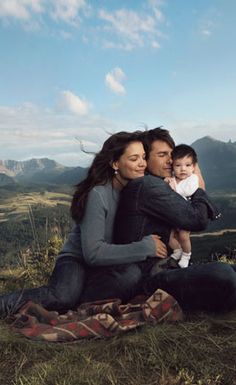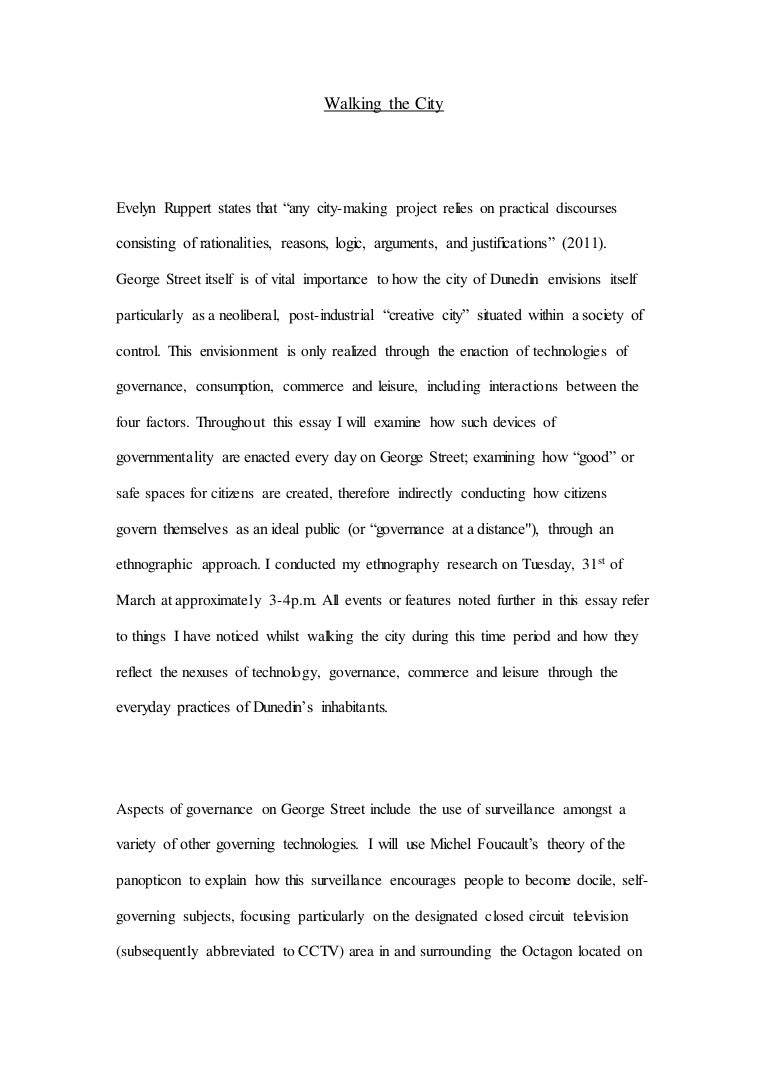
Andy Warhol's Campbell's Soup Cans, a work in art, are the creation of Andy Warhol. The artist's distinctive style and bold colors have made them famous worldwide. This article explains Warhol's obsession with soup cans. Also learn about his influences and how they affected his career.
Warhol's preference soup cans
Warhol's iconic image of a Campbell's soup pot is one of his most beloved. This iconic image is synonymous for Warhol's work. But, why was he so drawn to this particular Campbell's soup can? Warhol's career began with pop art paintings of soup containers. But he soon moved on to other topics, such as Marilyn Monroe. Warhol was intrigued by beauty, celebrity, and death, and was interested in how they related to each other.
Andy Warhol's love for soupy campbell soup may be due to his pop art style. Warhol was first inspired by Roy Lichtenstein's comic-strip artworks. Warhol saw Lichtenstein's comic strip paintings and decided to purchase a stack Campbell soup cans. He then traced these projections on canvas and painted within the outline to mimic an offset lithograph label. He made the cans part of the artwork, making them a timeless classic.

Latow's influence on Warhol
Although Muriel Latow was three-years younger than Andy Warhol's, her influence on Pop Art is well documented. In fall 1961, she went to Warhol’s house for dinner. She was tired of being outdone. Although Latow didn't have the artistic talent to be a genius, she was able to influence Warhol and his creative process.
Warhol, who had been a commercial artist since the 1950s, needed a new theme to inspire his work. Warhol had been creating abstract art for many decades but felt the need to bring back imagery in his work. Muriel Latow suggested painting soup cans, which Warhol began to do from 1962 on. Other subjects Warhol began to paint were Coca-Cola cans and Brillo box lids.
The impact of paintings on pop art
While studying art at college, Andy Warhol became a popular illustrator and created works of art for advertising. Another technique he developed was hand printing. He would draw an image, then blot it onto another piece. This technique was used in a series to create similar paintings. Marilyn Monroe was one Warhol's most famous subjects. He created the Marilyn Diptych in just weeks following the death of Marilyn Monroe.
Andy Warhol was shot in late 1960s. This shooting greatly damaged his reputation. He responded by emphasizing business aspects of art. The result was a large group of faces that were easy to recognize. The Flower Series began to look more like fine art than commercial art. Warhol returned later in 1970 to the series of paintings as prints. However, these images were more flattened than fiction-like.

Warhol's career and the significance of Warhol’s paintings
Multifold, the significance of Warhol's paintings is significant for his career. Warhol was raised in Pittsburgh, Pennsylvania. His parents were Eastern European immigrants who studied at the Carnegie Institute of Technology. Warhol later moved to New York City, where he worked as an advertising executive and window display specialist. There, he developed his own style of painting inspired by mass culture. His work helped him become a leader in pop art.
Warhol was diagnosed with gall bladder disease on February 22nd 1987 and died. Warhola, his younger brother had been given funds to attend college. His brother had received college instruction but his family believed Warhola would be more benefit from college education. Warhol kept a successful commercial illustration career and worked for "Vogue," "The New Yorker" and "The New Yorker".
FAQ
What is popular music culture?
Popular Music Culture takes many forms.
The use of certain music styles (e.g. jazz, rock) and lyrics is what defines popular music culture. It also includes the influence of visual media (e.g., film, television and fashion) on artists' careers.
It's also all about how fans interact their favorite artists.
Popular music culture has one element: the rise of "superstars", artists who have gained fame and fortune.
These superstars often transcend genres and become cultural icons, and their popularity has influenced the evolution of popular music itself.
Other aspects of popular music culture include:
* The rise and development of recording technology, from acoustic instruments through to electric guitars or microphones.
* The inventions and use of the radio and record player;
* The birth of rock'n roll.
* The introduction of television and film
* The advent MTV and VH1
* The creation of the internet.
How did pop music become popular?
It was an accident. The accident that someone accidentally knocked down a piano in 1920 caused the first song's creation.
The recording company loved what they heard so they decided to release the single.
This was the first hit single.
Pop music is today the most popular form musical entertainment.
How did pop culture develop?
Technology drove the development of popular culture. As people became more mobile, it developed. The radio was the first to allow mass communication. This made it possible to create television, which was then used to develop the internet.
People began using computers at home, and were then exposed to computer games. These games were originally played on consoles like Sony Playstation 3 or the Nintendo Wii. They are now free to download online. Many people choose to play videogames instead of watching television.
Video games are very popular among teens and children. They can be played alone or with friends via the internet. Call Of Duty or Grand Theft Auto can be very violent. These games can cause serious harm to children, so parents should be concerned about their children. Others find it interesting to see what happens if a character dies.
Music videos are another way pop culture influences youth. They give information about current trends and celebrities. They are very popular with young people. Music is an integral part of our lives.
Artists often use special effects to enhance music videos. For example, rappers wear wigs and makeup to look more attractive. Some musicians have to go through extreme physical and mental challenges in order show their bodies. Many singers are able to sing while wearing costumes.
Today there is so much music to choose from. You can listen to whatever you like. It's not always good news. Sometimes music can encourage violence. People are often angry when they hear certain songs or words. Sometimes, they even commit crimes.
50 Cent is a recent example of this. One line in his song Get Rich Or Die Trying says: "I'm going after a motherfucker / But I don't know how, but I might." This song was thought to mean that he would murder someone. A man threatened him and called him up. 50 Cent then changed the lyrics. It now says, "I'll shoot one bitch down/ I don’t know why, but I just might."
Popular culture is essential. We must understand its effects on us. If we don’t understand how it affects us, we won’t be able prevent its harmful effects.
How can we avoid falling prey to the temptations of pop culture?
We need to recognize when pop culture influences us. Then we need to make sure that we're not influenced by it. Here are some ways you can avoid being influenced by bad influences
-
Avoid violent shows such as Game of Thrones.
-
Spend no time surfing the Internet. Read books instead.
-
Watch less television. Spend your free time doing healthy activities.
-
Be cautious about what you write online. Remember that you can never delete comments once they've been posted.
-
You should ensure that all websites you visit are secure. Before you submit personal information, make sure they are checked.
-
Do not be compelled to do anything that could endanger your safety.
Talk to an adult to help you if you find yourself addicted to pop music. You can call your local library or the National Center For Missing & Exploited Children (1-800-THE-LOST).
What examples are there of pop culture in 2021
On the 11th of September 2001, two hijacked aircraft crashed into the twin towers at the World Trade Center in New York City. This would be known as September 11, 2001.
The events of this day have impacted popular culture and continue to do so today. The event can be seen in many ways as it has influenced our lives.
It includes TV shows like 24, and movies like United 93. This tells the story about what happened on the flight from Boston (Mass.) to Los Angeles (Calif.) on 9/11. Dexter Filkins' The Forever War book is included.
All of us can recall where we were at the time that we heard about the attacks. Some people got out from bed to go outside. Others watched the TV or read newspapers.
Pop culture is always changing. It is both a reflection of society, and it can also be a source for inspiration. What will the future look like for popular culture? We don't know yet. We do know it will be better than it was before.
What is pop media culture?
Pop culture is all around. It's everywhere we go: TV, radio, film, music, magazines, newspapers, websites, social networks, etc. We are surrounded by it 24/7. It influences everything from our clothes, food, music, language, politics, and religion. What is pop cultural? Wikipedia states that pop culture refers to products and ideas designed for mass consumption. This term is often used to refer to TV shows, movies and music. However, there is much more to pop culture than just entertainment. Pop culture can be described as anything that is consumed by mass audiences, including video games, toys, clothing and fast food.
What are the best examples of pop-culture today?
Pop Culture is a 21st-century art form. It includes all types of entertainment including music, film TV, videogames, fashion and advertising. Neil Postman, an author, coined the term "pop" in his 1985 book Amusing Ourselves. Pop was a method of mass communication using cheap tricks and formulaic techniques to create an illusion that spontaneity and uniqueness.
However, he said that most people don’t enjoy true enjoyment because their culture has conditioned them to want media experiences that make it seem superior to others. He also suggested that this form of cultural expression had led to the loss in critical thinking skills among young adults.
Pop culture is also known as consumerism or popular culture.
Statistics
- Latinos represent roughly 19% of the U.S. population. (npr.org)
- [17][18][19]Definition[edit]According to author John Storey, there are various definitions of popular culture. (en.wikipedia.org)
- According to Dictionary.com, popular culture, or low culture as it is sometimes referred to is comprised of the “cultural activities or commercial products reflecting, suited to, or aimed at the tastes of the general masses of people” (7/21/19). (socialsci.libretexts.org)
- Recently, the market share across Western Europe has ranged from 60-75% (Hopewell, 2013). (socialsci.libretexts.org)
- In 1987, US films captured 56% of the European film market. (socialsci.libretexts.org)
External Links
How To
What is pop culture in movies?
Popular Movies Culture covers all aspects of entertainment, including books, magazines and newspapers, television programs, websites, TV programs, websites, blogs and social media.
Movies can be divided into three types: comedy/dramatic, horror (action/aventure), fantasy, science fiction and romance.
Movie plots often follow a predictable series of events that lead to satisfying conclusions.
The success of a movie will depend on its ability to follow this formula.
Some of the most common plot points are:
-
A protagonist who must overcome obstacles to attain his/her goal.
-
An antagonist that opposes your protagonist throughout the film.
-
A moral dilemma that requires the protagonist to make a decision;
-
A twist ending that changes everything.
You might need to reevaluate what your story is about before you begin to write.
These questions are particularly important to consider:
-
How do I establish my setting?
-
What do you think my protagonist wants?
-
Why should readers care what my story is about?
-
Where is my story going?
-
Who is my main person?
-
Are there going to be any conflicts?
-
What is the climax of this story?
-
What is your resolution?
-
Is the end happy or sad?
-
Do I want to introduce characters?
-
Are there multiple settings for my story?
-
Are there subplots?
-
Do you see any main themes?
-
Can I tell a complete book in one chapter?
-
Can I use dialogue effectively?
-
Are my words clear and concise?
-
Is my vocabulary appropriate to the context?
-
Have I used an active voice over a passive one?
-
Are there spelling mistakes?
-
Is my grammar correct?
-
Are there too many adverbs?
-
Is there something I could do better?
-
What's my first impression when I'm finished editing?
Your job is not only to write a good book but to get it published.